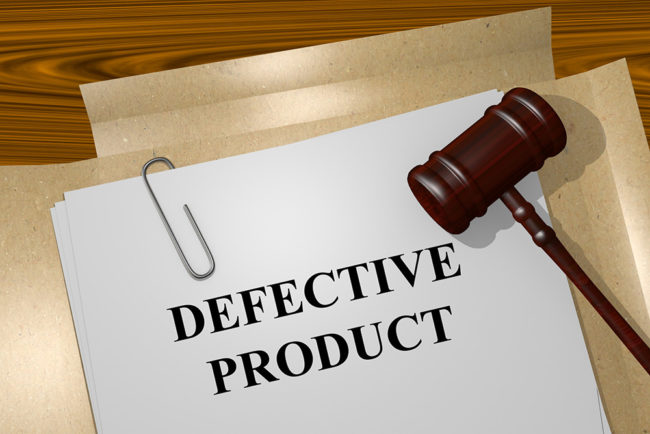Ever wonder who’d be responsible if your phone exploded in your hands?
The answer is complicated. It could be many people, from the designer, the manufacturer or depending on the circumstances – even the marketer.
As consumers, we have a few laws in place to protect us against negligent manufacturers or producers of the goods we buy. Product liability law ensures that manufacturers adhere to a minimum standard of care.
The absence of this care often creates thousands of potential victims to defective products. Here’s when the law allows the consumer to file a product liability lawsuit and claim damages against their injury.
But, not every claim is a product liability claim. So, let’s look into the kinds of claims recognized by most state laws.
Types of Claims in a Product Liability Lawsuit
If you want to establish a strong product liability claim against the defendant, you must first have sufficient reason to do so. Generally, there are major grounds on which you can go about your claim.
Design Defect
A civil lawsuit on the grounds of a design defect functions under the assumption that the design of the thing itself is inherently flawed. This means that the manufacturing process is not called into question. Instead, the actual idea behind the product itself is considered dangerous.
In some states, you are allowed to file a lawsuit even if you are not the person using the product.
Manufacturing Defect
Unlike the previous defect, this ground alleges that while the design of the product is sound, a faulty manufacturing process causes the product to become dangerous to the consumer. This happens when the manufacturer deviates from the original design or simply acts negligently, failing to adhere to certain safety or regulatory measures.
Labeling Defect
In these types of product liability cases, the plaintiff alleges the existence of some dangerous consequence or probability with the product, that warrants a warning on the part of the manufacturer. To prove this kind of case, the plaintiff must establish that the defendant owes a duty to their consumers to provide them with such a warning label.
The defect could also exist within the defendant’s marketing strategies, manuals or failure to provide necessary instructions.
Burden of Proof
Generally, the burden of proof lies on the plaintiff to prove that the defendant acted negligently. However, in some cases of strict liability, the burden of proof will shift to the defendant instead.
If you’re having a hard time understanding what category your injury comes under, or whether or not yours is a case of strict liability, you should hire a personal injury attorney to help you out.
How to Find the Right Attorney
Finding the right attorney for your product liability lawsuit can be difficult. However, be sure to do a lot of research, get recommendations and read a lot of reviews before you decide.
Most attorneys offer a free consultation, so you can always try a few different lawyers before deciding on a single one.
Did you find this informative? Share your knowledge with your friends on Facebook, Twitter or Instagram!








